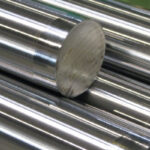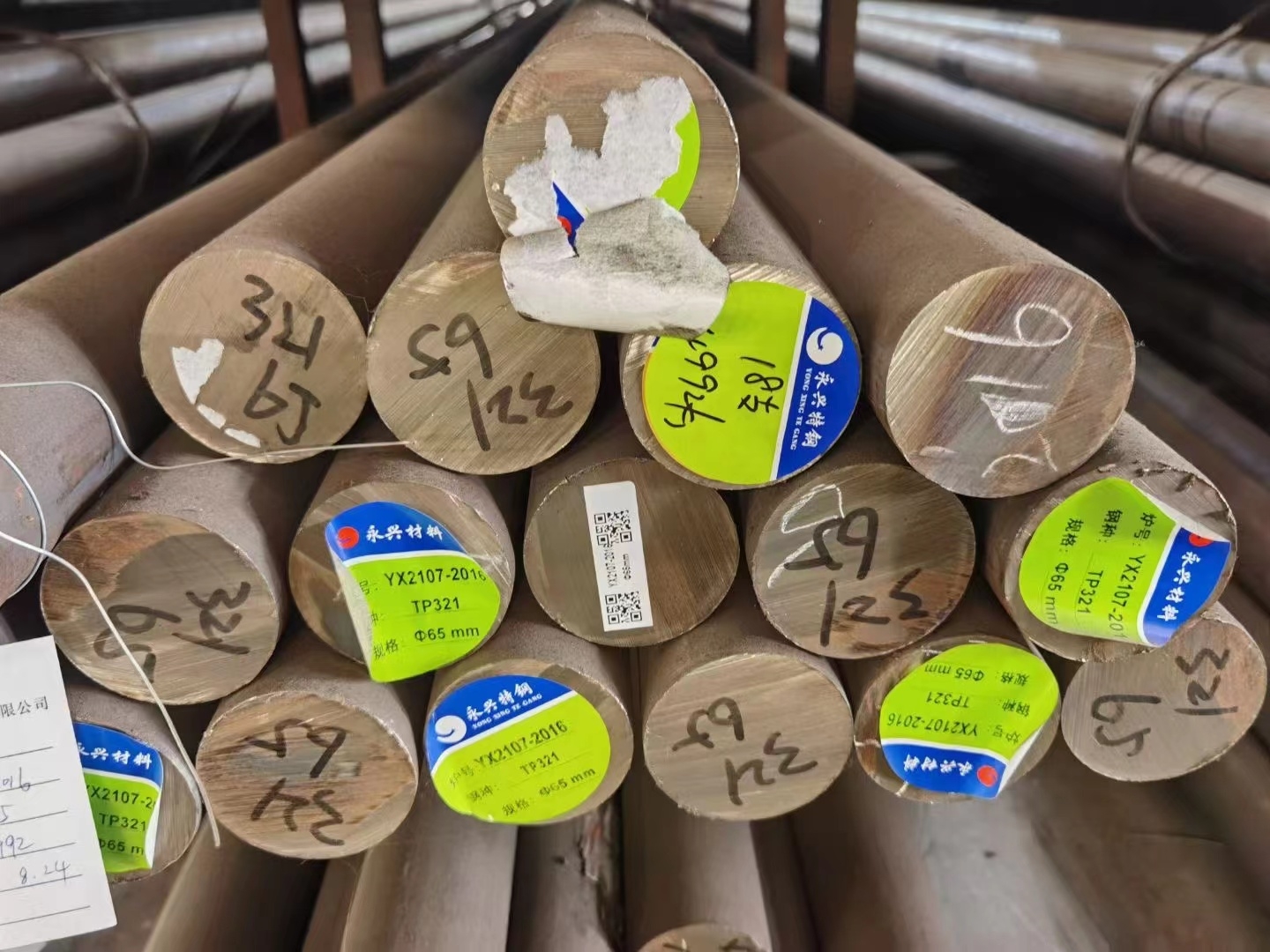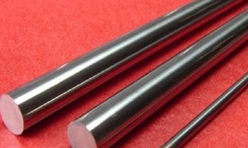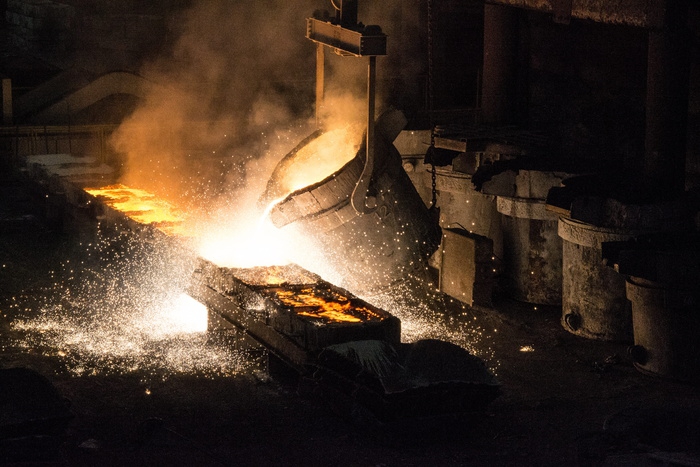THE DIFFERENCE BETWEEN FLAME CUTTING, PLASMA CUTTING AND WAT
时间 :2022-11-19 10:45
When you need metal cut-to-size, there are a variety of cutting processes to choose from. However, not all processes are suitable for every job or every metal type. A method such as flame cutting, plasma cutting or waterjet cutting may be s
When you need metal cut-to-size, there are a variety of cutting processes to choose from. However, not all processes are suitable for every job or every metal type. A method such as flame cutting, plasma cutting or waterjet cutting may be suitable for your project, but it is important to know the differences between cutting processes.
The Difference Between Flame Cutting, Plasma Cutting and Waterjet Cutting
Flame Cutting
Flame cutting is a thermal cutting process that uses oxygen and a fuel source to create a flame with enough energy to melt and sever material. The use of oxygen and fuel in the flame cutting process is why it is also often referred to as “oxyfuel cutting”. Flame cutting uses a neutral flame to heat the material up to its kindling temperature. When this is reached, the operator presses a lever that releases an additional high-flowing stream of oxygen to the flame. This is used to sever the material and blow away the molten metal, or dross.
The Advantages and Disadvantages of Flame Cutting
Flame cutting has the advantage of being very portable as no power supplies are needed. A cylinder for oxygen, a cylinder for fuel gas, hoses, a torch, and a striker are all that are required. This makes it an excellent choice for field work. Another benefit of flame cutting is that it can cut very thick metals. With the right equipment and gas flows, steel several feet thick can be cut using the flame cutting process. Flame cutting also has low equipment costs.
Flame cutting is at a disadvantage when it comes to material types that can be cut. Flame cutting is generally limited to carbon steel, low alloy steels, and cast irons. Most other types of materials will not be cut cleanly by the flame cutting process. Flame cutting is also typically slower than plasma cutting and waterjet cutting.
Due to the heat involved in flame cutting, the metal edges being cut can often form a thin and brittle layer of solidified steel, known as the decarburized layer. This may need to be removed based on the application. The area near the decarburized layer (known as the Heat Affected Zone) may also be altered by the heat from the flame cutting. Without post-cutting heat treatment, such as annealing, this can cause the metal in the Heat Affected Zone to become hard and brittle which can lead to cracking.
Plasma Cutting
Plasma arc cutting is another thermal cutting process. However, unlike flame cutting, it uses an electrical arc to ionize and heat a gas to form plasma that is used to cut the material. The electrical arc is created at the plasma cutting torch through the use of a tungsten electrode. The workpiece is made to be part of the electrical circuit with the torch by using a grounding clamp. The plasma, once ionized by the tungsten electrode, becomes superheated and interacts with the grounded workpiece. A variety of gases can be used for the plasma gas, and the best one depends on the material being cut. The jet of superheated plasma gas severs the metal and also blows away the dross.
The Advantages and Disadvantages of Plasma Cutting
Plasma cutting can make high quality cuts much faster than flame cutting. The kerf of some plasma cutting systems can also be much smaller. Plasma cutting can be used on most metals that conduct electricity relatively well. This means that plasma cutting is not limited to steel and cast iron like flame cutting. Rather, plasma cutting can be used to cut aluminum, stainless steels, copper, titanium, and many other types of metals. The process is also easily automated.
However, plasma cutting cannot cut materials as thick as those that can be cut by flame cutting. Generally, plasma cutting is not a great choice for materials over a few inches thick. Plasma cutting can also only cut materials that can be part of its electrical circuit.
Waterjet Cutting
Waterjet cutting is a mechanical cutting method that employs a high speed, high pressure stream of water to cut a material. The water is forced out of a waterjet cutting head by a high-pressure pump. For materials that are harder and more difficult to cut, such as metals, an abrasive material is usually added to the water to increase the cutting capability and help increase travel speeds. The excess water and material that is lost during the cutting process is collected in a tank on the side of the material opposite of the waterjet cutting head.
The Advantages and Disadvantages of Waterjet Cutting
Waterjet cutting can cut many different types of materials, and is not limited to just metals. Waterjet cutting is also much cleaner than plasma or flame cutting as it does not emit dangerous fumes. Waterjet cutting is also not a thermal process, and the water cools the material as it cuts which means there is no heat that can impact the mechanical and chemical properties of the cut area. Waterjet cutting can also be paired with automation.
Waterjet cutting is not well suited to thick cuts on hard metals. Thicker and harder metals can slow the cut speed and reduce the quality of the cut. Waterjet cutting equipment is also expensive and can require quite a bit of maintenance.
Should I Use Flame Cutting, Plasma Cutting or Waterjet Cutting?
While there are other factors to consider, here are some guidelines for which cutting process you should use:
Flame Cutting: You should use flame cutting when you need to cut thick steels or cast irons, and equipment costs need to be kept to a minimum.
Plasma Cutting: You should use plasma cutting when high quality cuts are needed on metals under 3-4 inches thick.
Waterjet Cutting: Use waterjet cutting to cut precise parts without having the cuts impacted by heat. Waterjet cutting is also good for automated cuts and cutting nonmetallic materials.
Fushun Special Steel LTD CO




